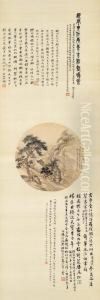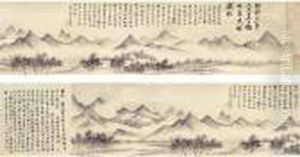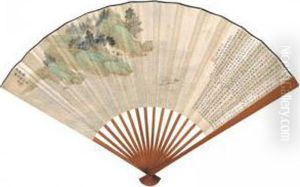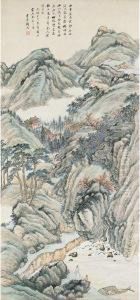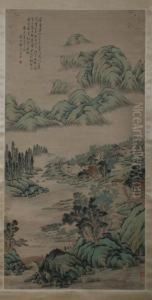Gu Yun Paintings
Gu Yun (顾云), also known as Gu Linshi (顾麟士), was a Chinese painter during the Qing Dynasty. Born in 1820 in the Jiangsu province, Gu Yun was known for his traditional Chinese landscape paintings and calligraphy. His work is characterized by a blend of strength and delicacy, often focusing on the natural beauty of mountains and rivers.
Gu Yun's painting style was influenced by earlier masters such as Wang Meng, one of the Four Masters of the Yuan Dynasty, as well as by his contemporaries. He was a member of the Shanghai School, a group of artists who were active in the late Qing Dynasty and were known for their more expressive and individualistic approaches as opposed to the rigid formalism that was typical of the time.
In addition to his artistic pursuits, Gu Yun also held a position as an official, which was a common practice for scholars and artists of the period. Despite his official duties, he maintained a prolific output as an artist and contributed significantly to the art scene of his time.
Gu Yun's works have been preserved and are studied for their historical and aesthetic significance. His paintings are held in various museum collections and continue to be celebrated for their contribution to the development of Chinese landscape painting. He passed away in 1896, leaving behind a legacy that continues to influence Chinese art.
